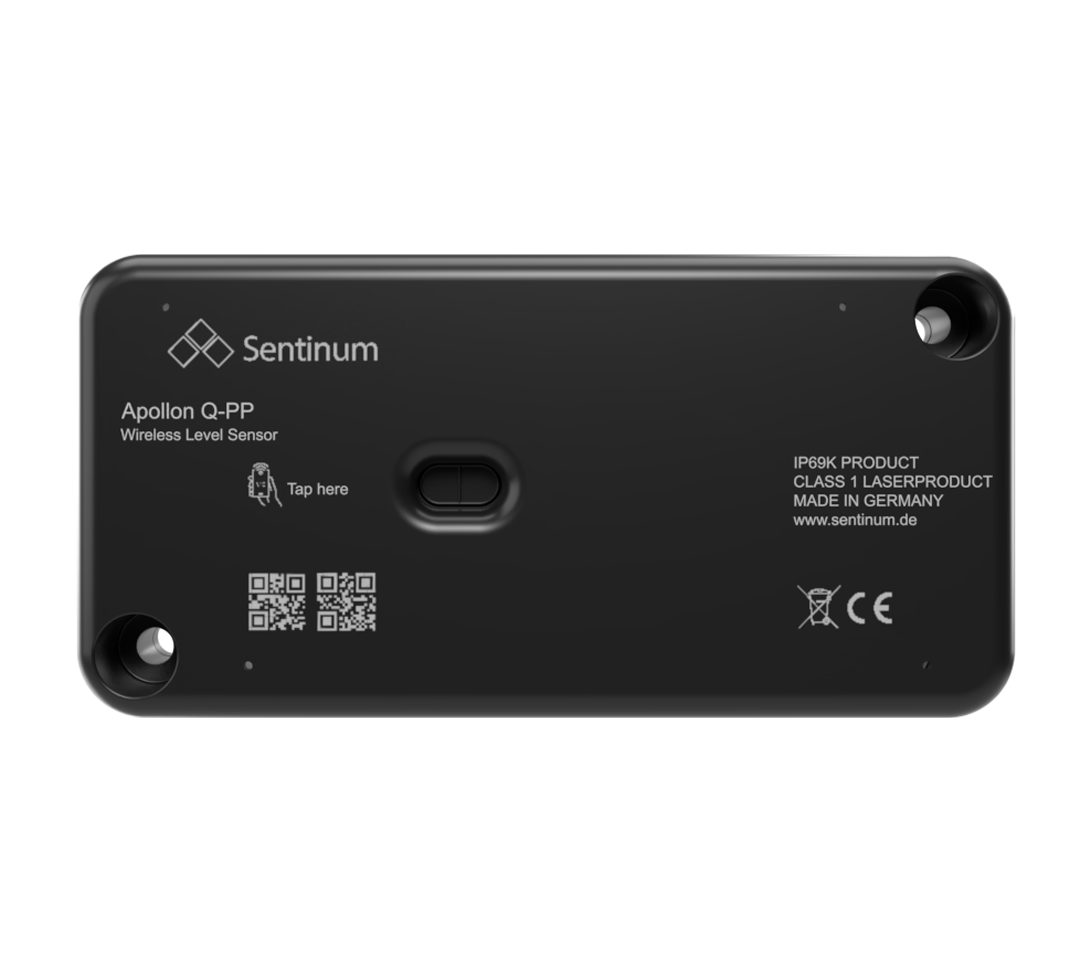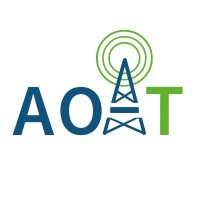
Apollon-Q Radar Smart Waste Sensor LoRaWAN®
149,00 €Sentinum Apollon-Q, drahtloser LoRaWAN® Smart Waste Füllstand- und Distanzsensor, duales Messprinzip mit Radar und Laser ToF, Beschleunigungssensor für Vandalismus- und Öffnungsdetektion, IP69k, 2k-Dichtung, -30°C bis 75°C, konfigurierbar über NFC und BLE, wechselbare Batterie.
.png?width=2470&height=827&name=mioty-logo%20(1).png)



.png)

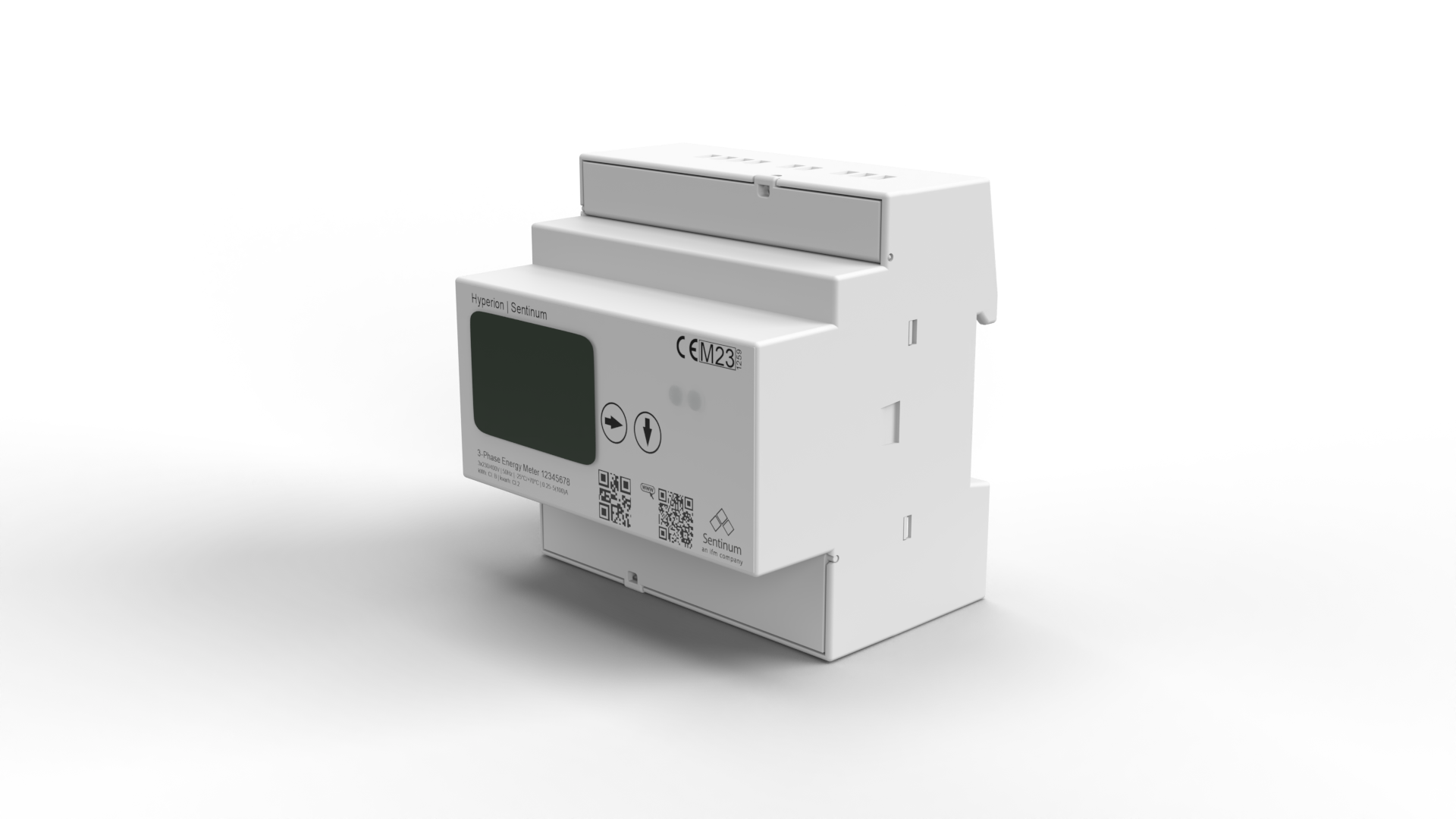
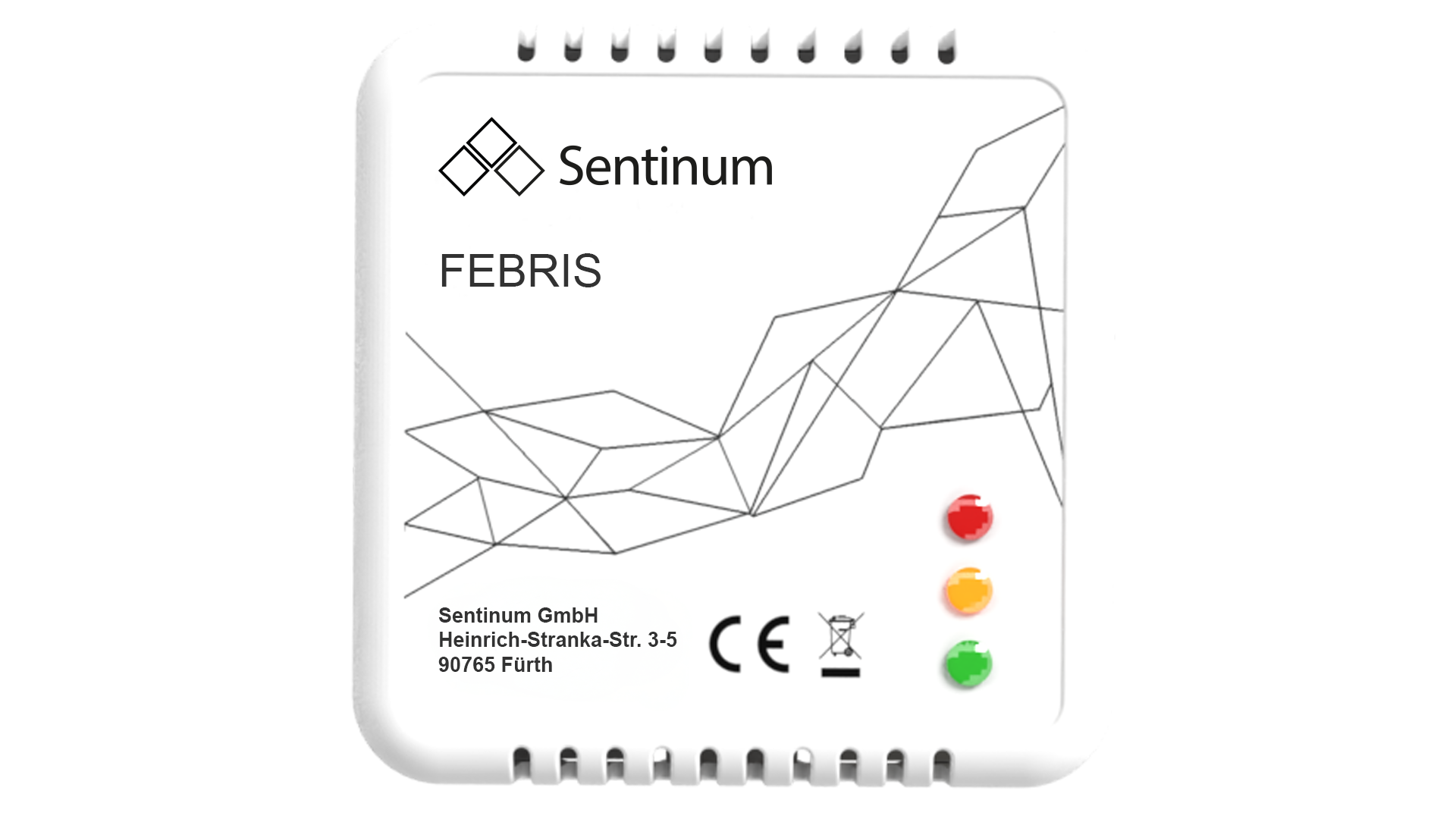
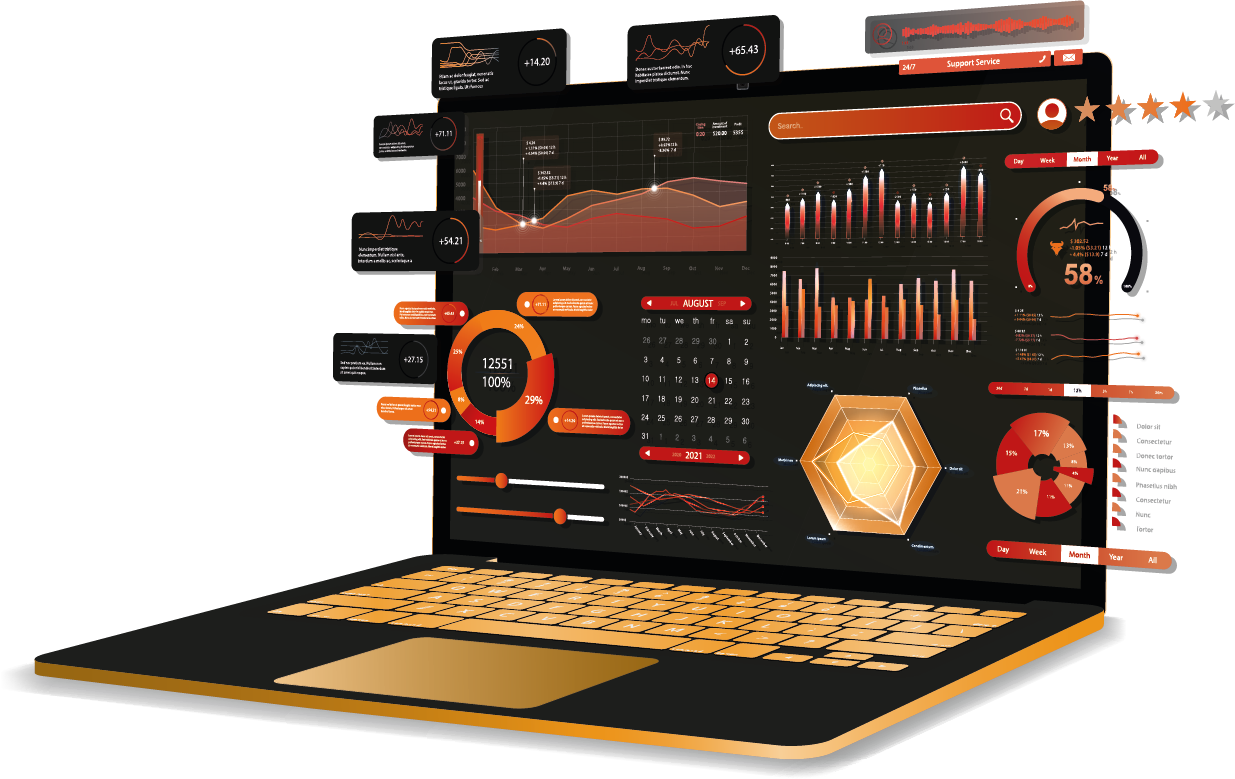





.png)



